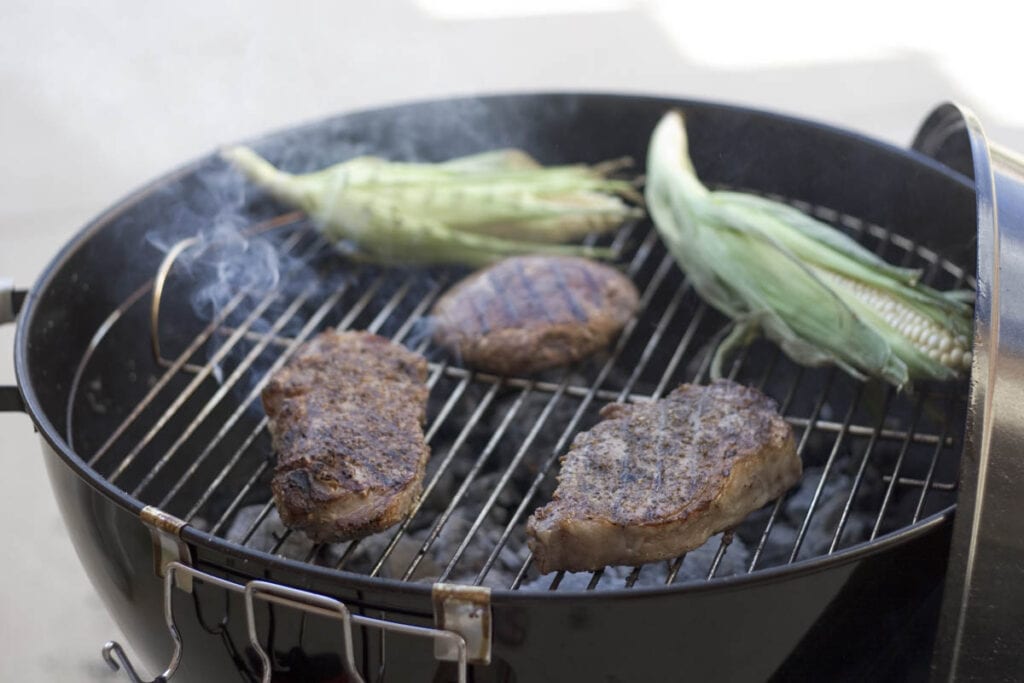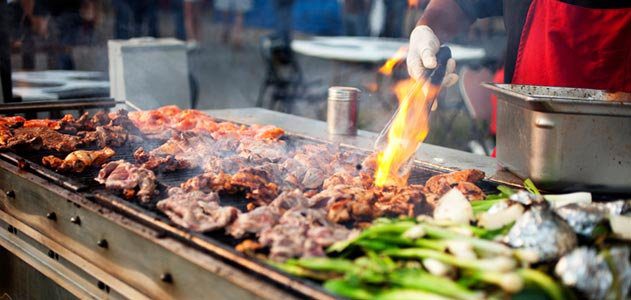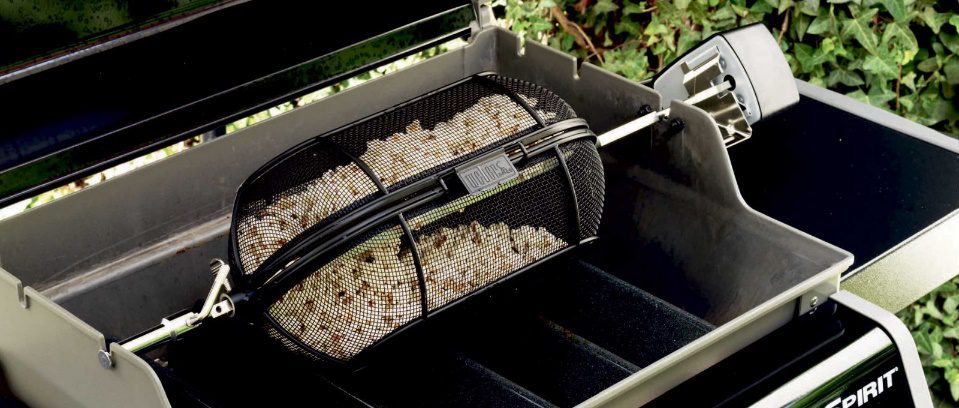Cookout gurus and amateur grill enthusiasts are putting serious thought into the grill they’ll be using this year. Whether you’re hunting for a replacement or an upgrade for your current outdoor cooktop, the options on the best grill for summer are many and varied.
Summer just wouldn’t be summer without the smell of hot dogs and hamburgers being grilled over an open flame. The nostalgia of cookouts past is enough to get most people into the grilling spirit and it’s natural to get curious about what your options are for grills.
Choosing a grill for summer goes way beyond simply picking gas or charcoal. There’s portability, skill level, style, function, and all manner of variables that should factor into your decision-making process. The grill you buy this year should be one that lasts you many happy, fruitful summers cooking for friends and family, and this list is aimed at helping you do just that.
Choice #1: Gas, charcoal, or electric
The three basic options for fuel when it comes to grills, gas, charcoal, and electric all have their distinct advantages and drawbacks.
Gas
Advantage: Ideal for quick-starting fires and heat, gas grills start with the push of a button and lack any significant prep or cleanup. If you think you’ll need to make a lot of quick meals this summer, consider gas. These grills are often quite stylish and contemporary, paired with their quick startup, which makes them an attractive addition to most homes and patios.
Drawback: Gas grills will always err toward the expensive side compared to charcoal grills, and the level of smokiness derived from this cooking method is minimal when compared to charcoal as well.
Charcoal
Advantage: Fueled by charcoal briquettes, these grills offer the smoky flavor and romance of outdoor cooking that many people find synonymous with grilling. If you want to smoke meats or simply enjoy that smoky, grilled flavor brought out by charcoal, think about going charcoal. Since charcoal also burns at a higher temperature than gas, those skilled at the grill will find searing meat is much easier to do on these grills.
Drawback: Charcoal can be expensive when compared to gas. The time it takes to cook with charcoal is also significantly higher. It takes upwards of 45 minutes to clean, prep, and preheat the grill; and when you’re done, you’ll have to dispose of the ashes. This makes it less ideal for quicker summertime meals or those wanting an easy cooking experience.
Electric
Advantage: Electric grills use electricity, which means they can be used indoors and outdoors (depending on the model). There’s no need for fire either and that makes them perfect for people who have to deal with strict fire regulations. They’re often space-efficient and easy to use.
Disadvantage: Although you can get those trademark grill marks on your favorite cut of meat, the taste won’t mirror what you would get from an actual grill. If the taste is your biggest incentive to start grilling, don’t bother with the electric models.
Choice #2: Size
How much space you have to dedicate to grilling—and how many people on average you expect to feed—are the two factors you should consider when selecting the right size. While some grills have only a single grate, many come with a grate on multiple levels, or several burners (in the case of gas stoves). If you plan to cook for large gatherings, this could affect the size of the grill you might be considering.
It is worth noting that some people may only cook a few items on the grill, such as meat, fish, or vegetables, but reserve other dishes for the kitchen or side burners. So if you’re only grilling hamburgers for 20 people, you might not need a huge grill; but if you’re doing hamburgers, steaks, veggie dogs, and salmon—for the same gathering—you might want to opt for a grill with a larger, or multiple cooking surfaces.
What some first-time grillers may not realize is that size and function sometimes go together. A smaller grill may have reduced functionality; meanwhile, larger grills might provide more, such as side burners or smoke boxes.
Choice #3: Features
Grills are like cars in many ways, especially in terms of add-ons and features. Some of the most common amenities include:
- A rotisserie burner
- High-intensity ceramic infrared bottom burner
- Light-up knobs
- Built-in thermostat
- Shelving
- Grill cover
- Grill burners with at least 12,000 BTUs per burner
- Smokebox
- Charcoal chimney starter
It would be a huge money sink to go out and purchase all of the available amenities, especially if you’re a novice. Consider most add-ons as niche features to complement your specific needs, skill level, and culinary style. There’s little sense in spending all of your money on features you won’t or don’t know how to use, or for a grill too complicated to use.
Choice #4: Style

There’s the iconic charcoal grill that boasts the kettle-style design. When people think “grilling”, they most often picture a kettle grill. These are used for charcoal grilling and can be as simple or as sophisticated as you want, depending on the brand you go with.
Then, there’s the typical gas grill. These are usually shown in stainless steel or jet black finishes. They generally use propane or natural gas and scream functionality. Most have at least one side table, with undercarriage storage and optional side burners a close second amenity. These are the modern grill solution many outdoor chefs are turning to. Why? Because they look stylish and can go from rare to well down in a matter of minutes.
Next is the Kamado-style grill. These grills essentially resembles a big egg. These grills are made out of earthen materials, like ceramic. They use charcoal to cook and are designed to contain the heat with optimal top ventilation. Grillers can use the Kamado BBQ to do everything from grilling pizza, steak, or roasting whole birds.
You’ll have an opportunity to cook a different array of food with each grill, making your selection an important one. If you want to stick to the grill basics of steak, burgers, and hotdogs, a charcoal grill might not be a bad way to go. Should pizza be on the menu, you might want to give a Kamado-style grill a try.
The grill you end up buying should answer not only your grilling needs but your interests. Are you looking to get serious about grilling? Do you want to keep this summer’s meals casual and smoky? Your grill should be one that meets your budget and lifestyle, so don’t be afraid to shop around this year.





